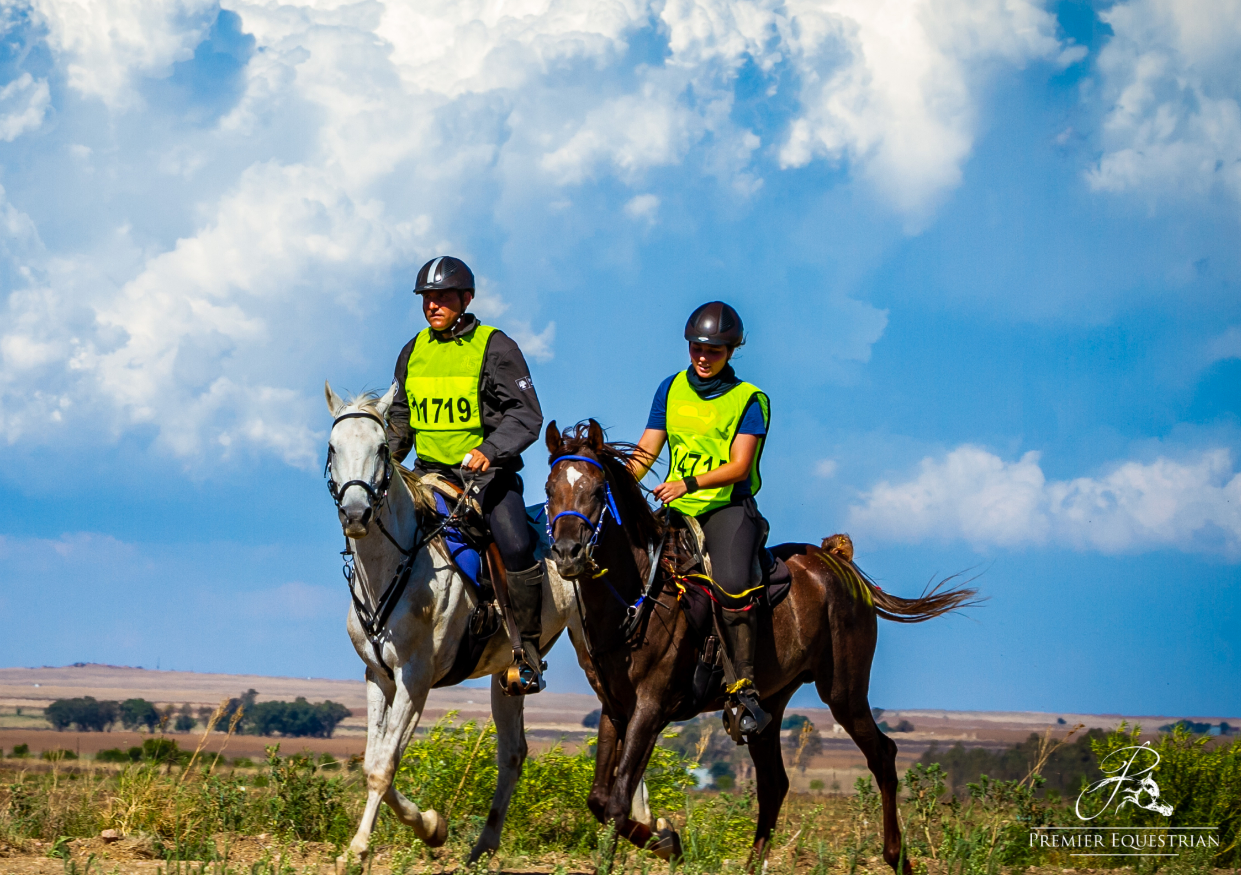
Endurance Horseback
Riding
Premier Equestrian Club’s roots, started with endurance riding. If you would really like to learn horse riding, love the outdoors, and want quality family time. Then endurance is for you. This is truly a horse-riding activity that the entire family can enjoy together.
Endurance horse riding is like a marathon for horses and riders. It takes time, patience, discipline, dedication, perseverance and effort to prepare your horse for a long-distance marathon and to actually compete and complete a long-distance ride.
If these are the qualities, you would like your child to learn from an early age, then you are at the right discipline.
If you want to spend quality time with your family in our beautiful country, build stronger bonds and a lifetime of memories. This is a sport that the entire family can do together.
How does the sport work?
Endurance horse riding is managed by the Endurance Ride Association of South Africa (ERASA). You need to belong to a club (paid-up member) and be registered with the South African Equestrian Federation (SAEF) in order to participate in endurance ride events.
All upcoming rides are listed on the ERASA website: www.erasa.co.za.
It is recommended that you enter online the week before the ride. You will need a horse, with a microchip, that has an endurance ride passport and all inoculations must be up to date.
This horse needs to go through a veterinarian inspection at the ride venue, the day before the ride. To reduce your stress levels and that of the horse and your entire family. Take the Friday off work, box the horse and go focus on your ride. If you start to ride, it is recommended to team up with someone who has already completed several endurance rides. At the ride venue, you will need to find the registration station. If you ride competitively you will have to weigh in with your riding gear and saddle. Once the registration is done, the horse needs to go through a vet check. If the vet check is passed you are good to go for the next day. It is recommended to saddle your horse and take them out for a short distance. This will give you the opportunity to ensure your tack and horse is ready. Most rides start very early and there is nothing more frustrating than trying to sort your gear in the dark. Somewhere after the vet check, there will be a ride briefing. Attend this to make sure you follow the correct colour routes and track. If you start with a new horse, you will need to complete a novice phase. This needs to be done in 24- month period. An endurance horse needs to be at least 5 years old for rides up to and including 99 km. At this age the ligaments and bone structure of the horse have properly settled.
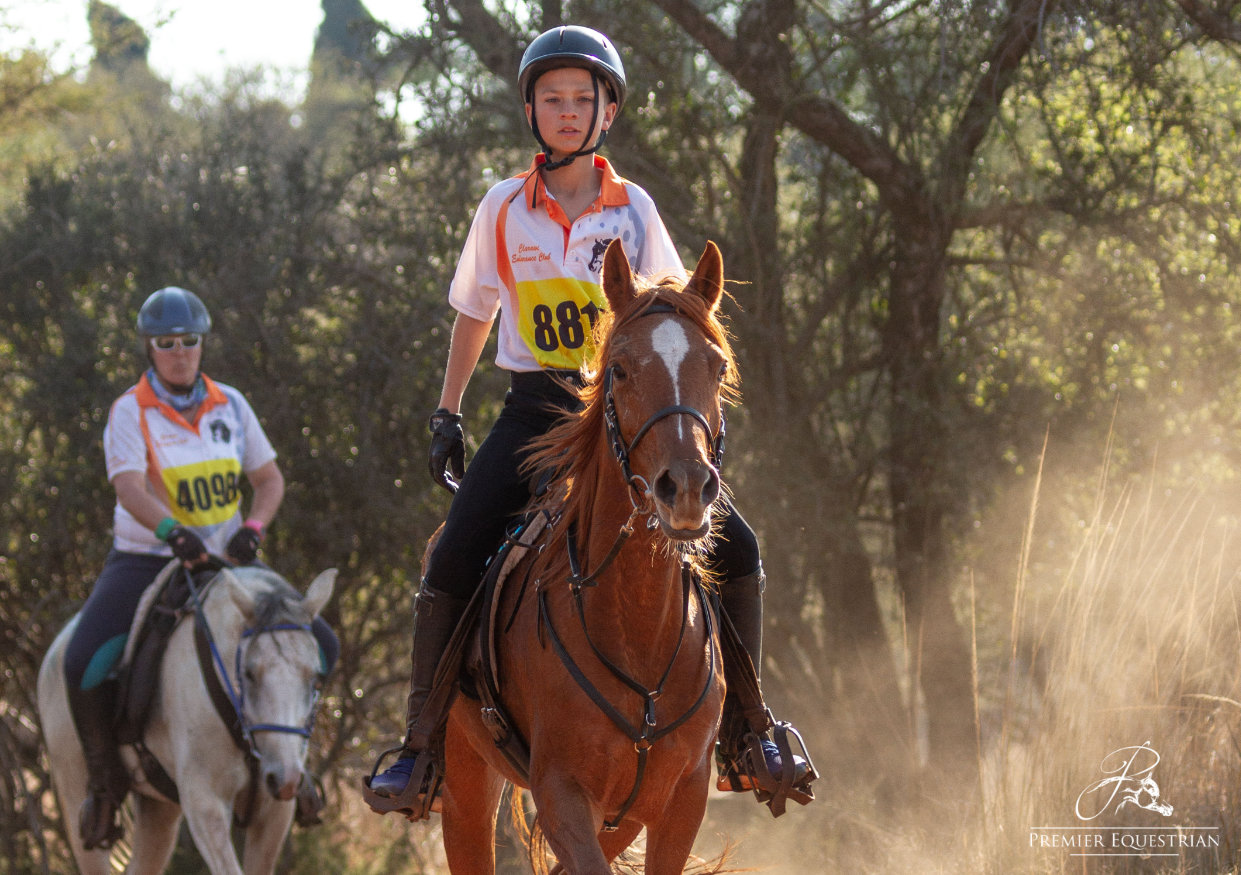
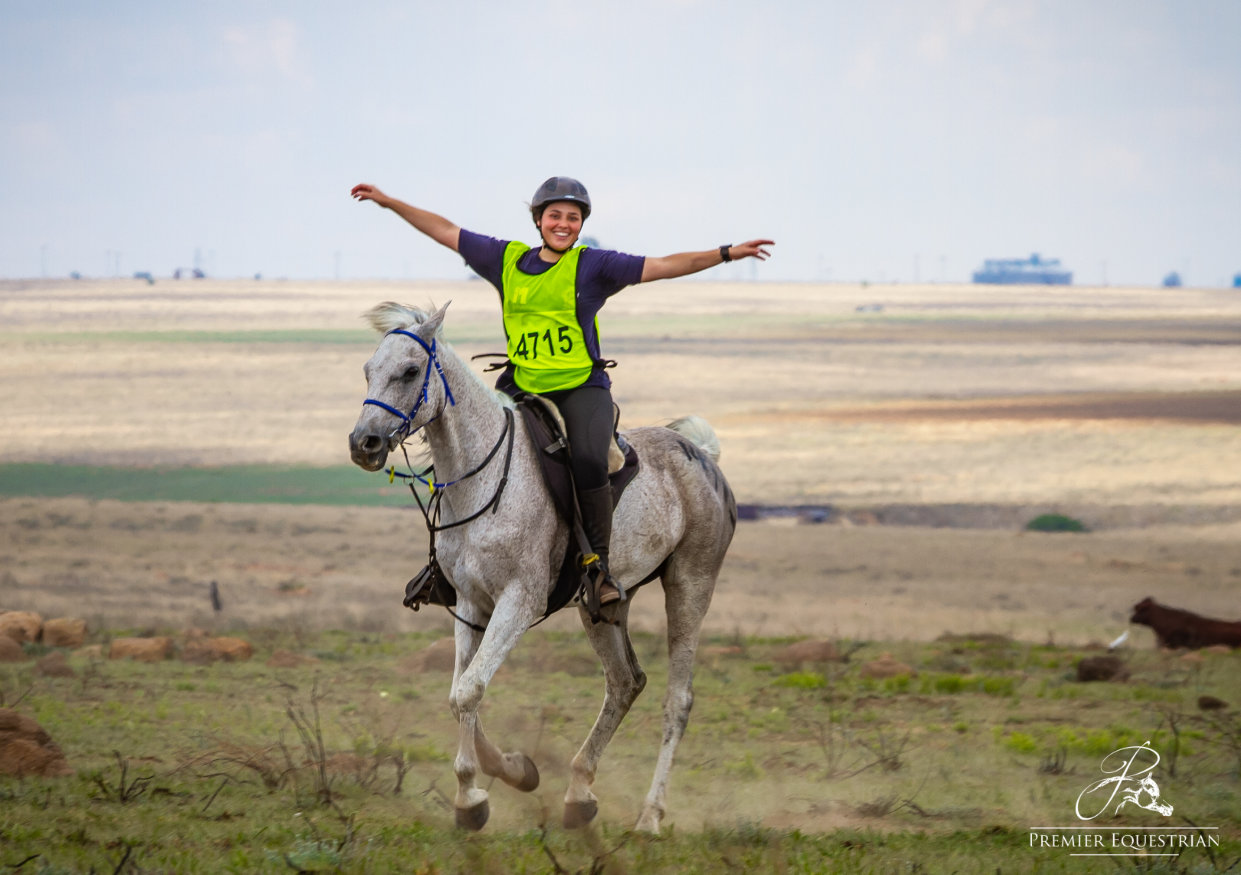
A horse that just starts endurance is called a novice horse. An “N” needs to be marked on the hind quarters of the horse during a ride. A novice horse needs to complete: 2 x 40 km rides, 2 x 80 km rides all at a speed of no faster than 16 km per hour. Your horse can then enter for a ride of up to 99 km on a step ladder method.
What is a step ladder?
Stepladder is a ride that is non-competitive. You can withdraw your horse after any leg and the kilometres will still count for you and the horse.
What is a “LEG”?
An endurance ride is divided into reasonable distances, to look after the safety and welfare of the horse.
This is called a leg or a lap. Once you have completed a leg or lap you will have to bring your horse for a veterinary inspection. If the vet is happy with the heart rate, hydration and movement of the horse you may continue with the next leg or lap.
Rides usually consist out of 40 km, 80 km, 120 km and 160 km.
The amount of legs or laps, depends on the distance of the ride (40km, 80km, 120km, and 160km). Further distances would consist of more legs or laps. The different legs are colour coded, for example: if you ride an 80km consisting of 3 legs, the first leg would normally be marked with green or blue arrows, the second leg is normally yellow, and the last leg would be red.
What do I need?
You will need a rider number and bib with that number on. You will receive this when registering with ERASA via your club.
Normal riding gear and a helmet are compulsory. People who ride with fancy boots have never ridden further than 5 km. Use your running shoes. because you never know when you might have to get off to walk or run next to the horse.
You need a horse and a horsebox.
You need a saddle with safety stirrups.
You will need a bridle. It is recommended to use plastic coated type bridles as there is a lot of sweat and water and leather does not last long. A chest strap works very nice to keep the saddle in one place. A running martingale is also very good to be able to control the horse better. All the excitement of the horses setting off together tends to increase your horse’s excitement making it more difficult to control the horse.
You will need camping gear. Do a couple of rides and get what you need for your own comfort levels.
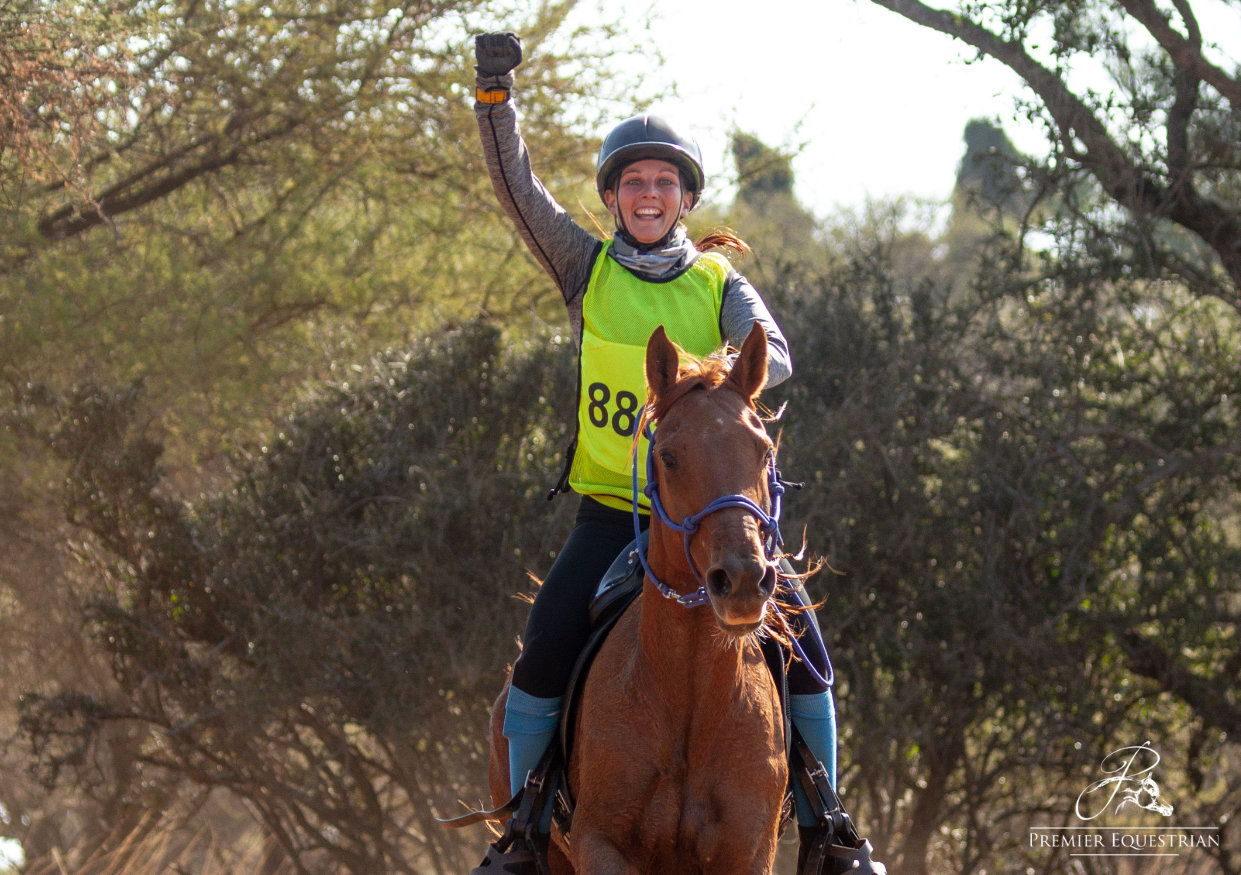
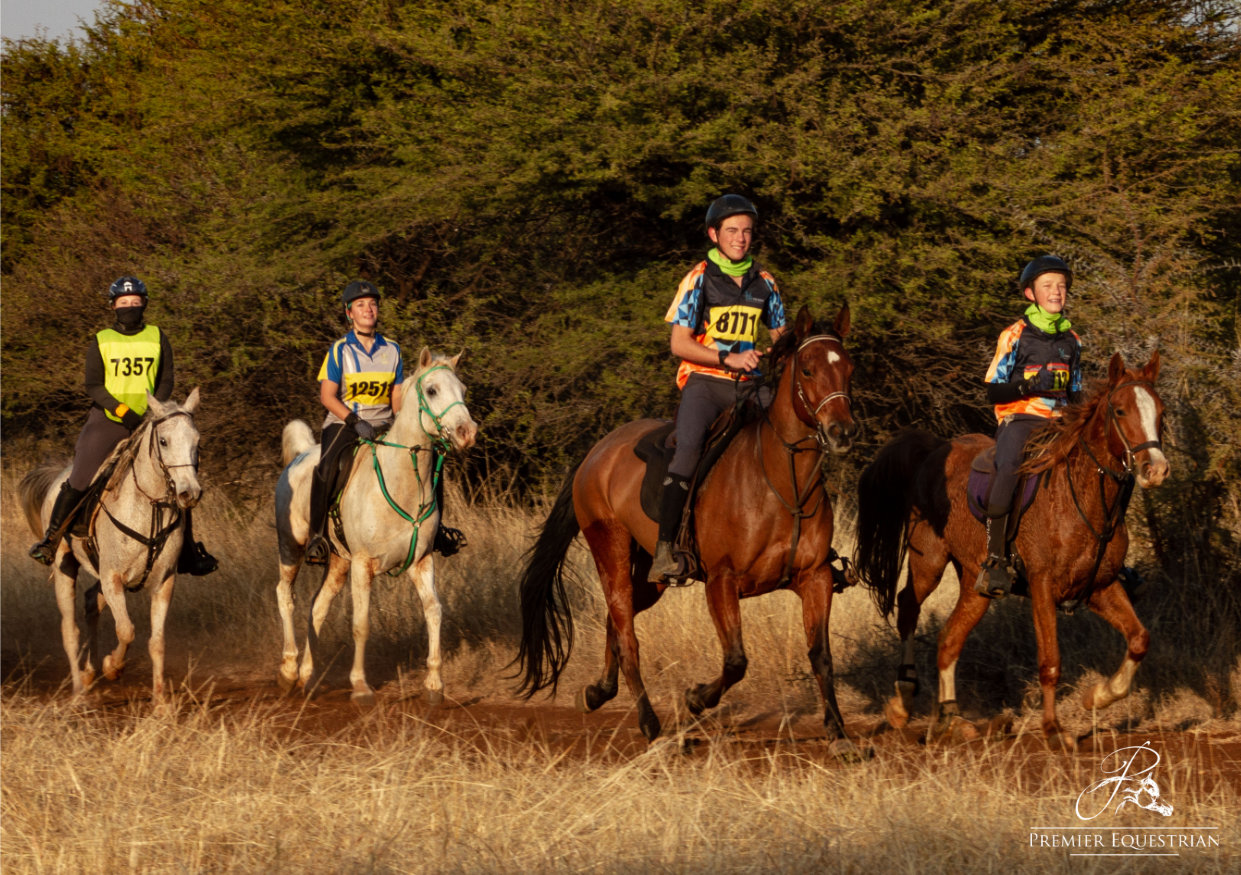
How do I prepare my horse?
Slow and steady. Like you would prepare yourself for a long-distance marathon. Warm-up and cool down the horse properly before and after every exercise. Stretch the horse to ensure a supple animal. You need to know how to change legs on the trot and canter. To have a balanced horse that can go far, both sides of the animal needs to be worked equally. Don’t try to achieve the end goal in one distance.
Also do not ride the horse further than what is required during preparation for a ride.
Rest is essential and needs to be included into your training routine.
The horse’s muscles need time to recover, after being worked. If the horse trains and works daily without a rest period, it increases the risk of injuries.
To maintain the horse, you need to do an average of no less than 12 km per day. One day in the week you can build up to 15 km then next week 20 km follow week 30 km and 10 day before the ride 40 km.
This needs to be done at a steady pace. By definition, a marathon is not a sprint. This means we need to pace ourselves—if we try to go too fast, we will run out of energy. If you have the time and patience rather walk the horse as much as you can, since this reduces injuries, and it works all four legs individually. This will ensure that their feet have time to settle and harden.
Various books are available on this subject for example, Spirit of endurance by Dr Paul van dam.
The diet of the horse is very important. Various books are available on this subject. The feet of the horse is the most important. No feet, no horse. Shoe the horse at least 10 days prior to a big ride. This will give the feet time to settle and harden.
Like any other athlete, you might require the service of a chiropractor, physio or acupuncture specialist.
Proudly Powered By:
Copyright © Premier Equestrian Club 2024. All rights reserved.
